Temperature Control
Creating Comfortable Indoor Spaces
Comfortable Living
9 Ways to Create Comfortable Homes
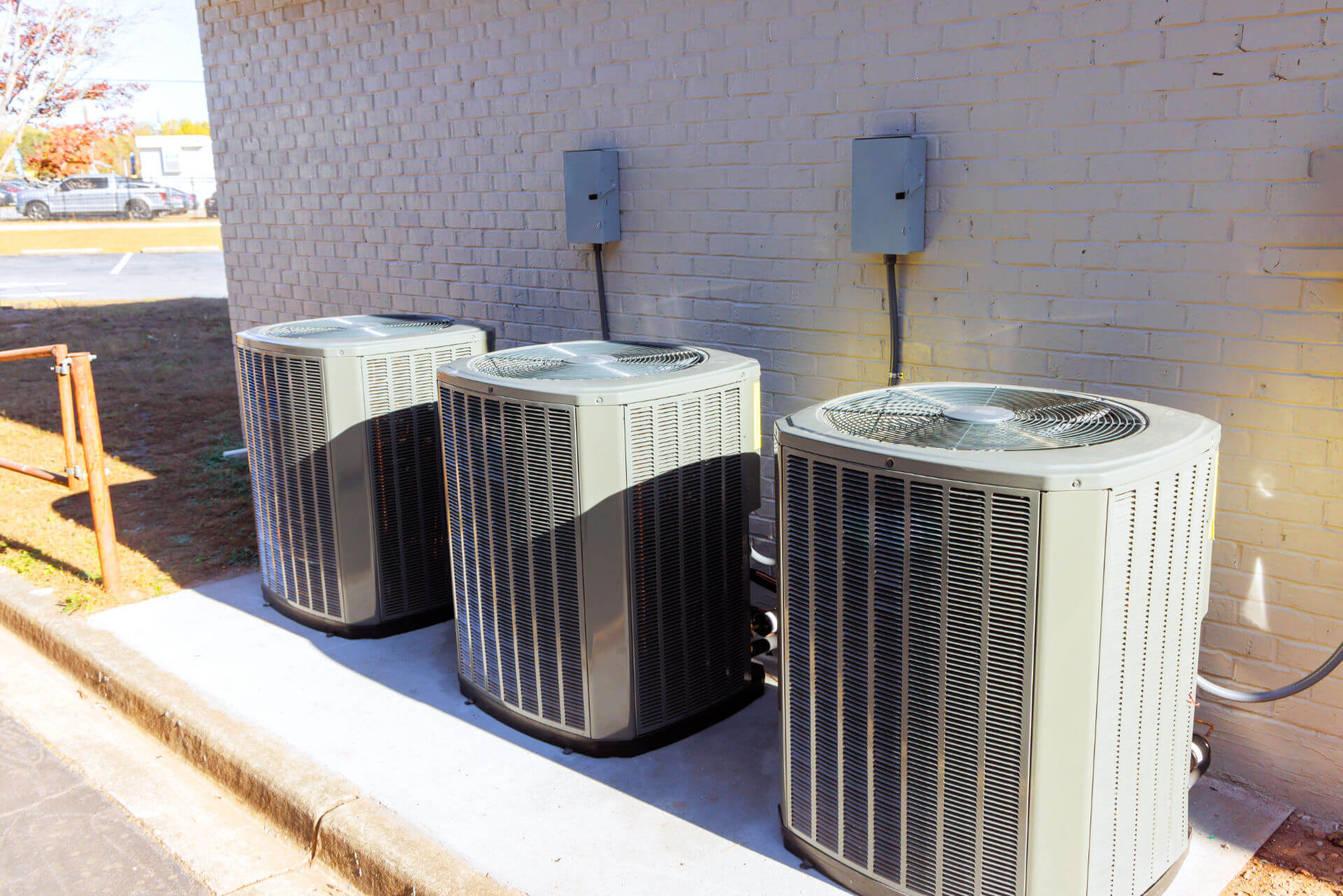
01. Proper HVAC System Sizing
Ensure that your heating, ventilation, and air conditioning (HVAC) system is appropriately sized for your space. An oversized or undersized system can lead to inefficiencies and discomfort. Consult with an HVAC professional to determine the correct size for your home or building.
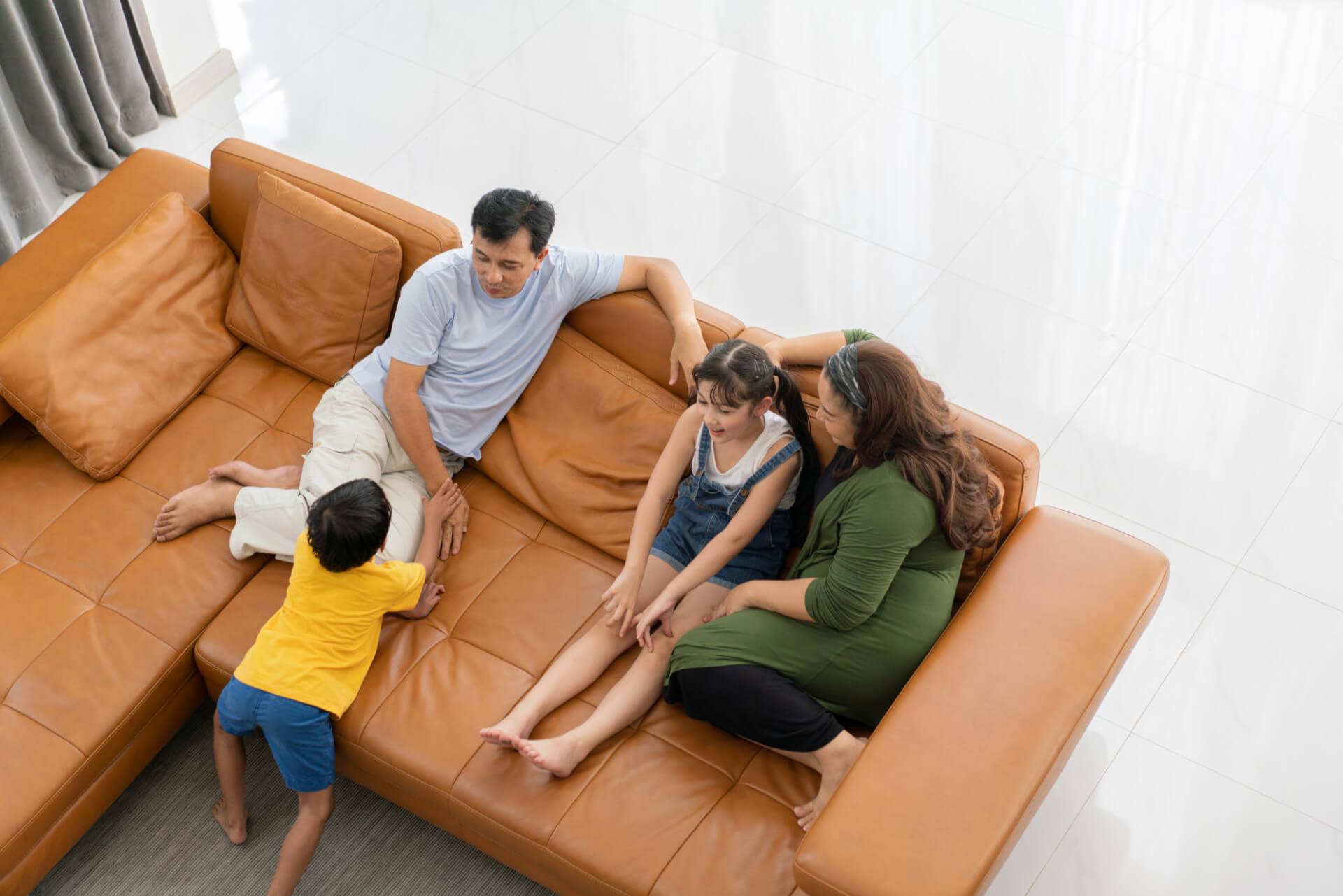
02. Zoning
Implement zoning systems that allow for individualized temperature control in different areas or rooms of the building. This allows occupants to adjust temperatures based on their preferences and usage patterns, improving overall comfort and energy efficiency.
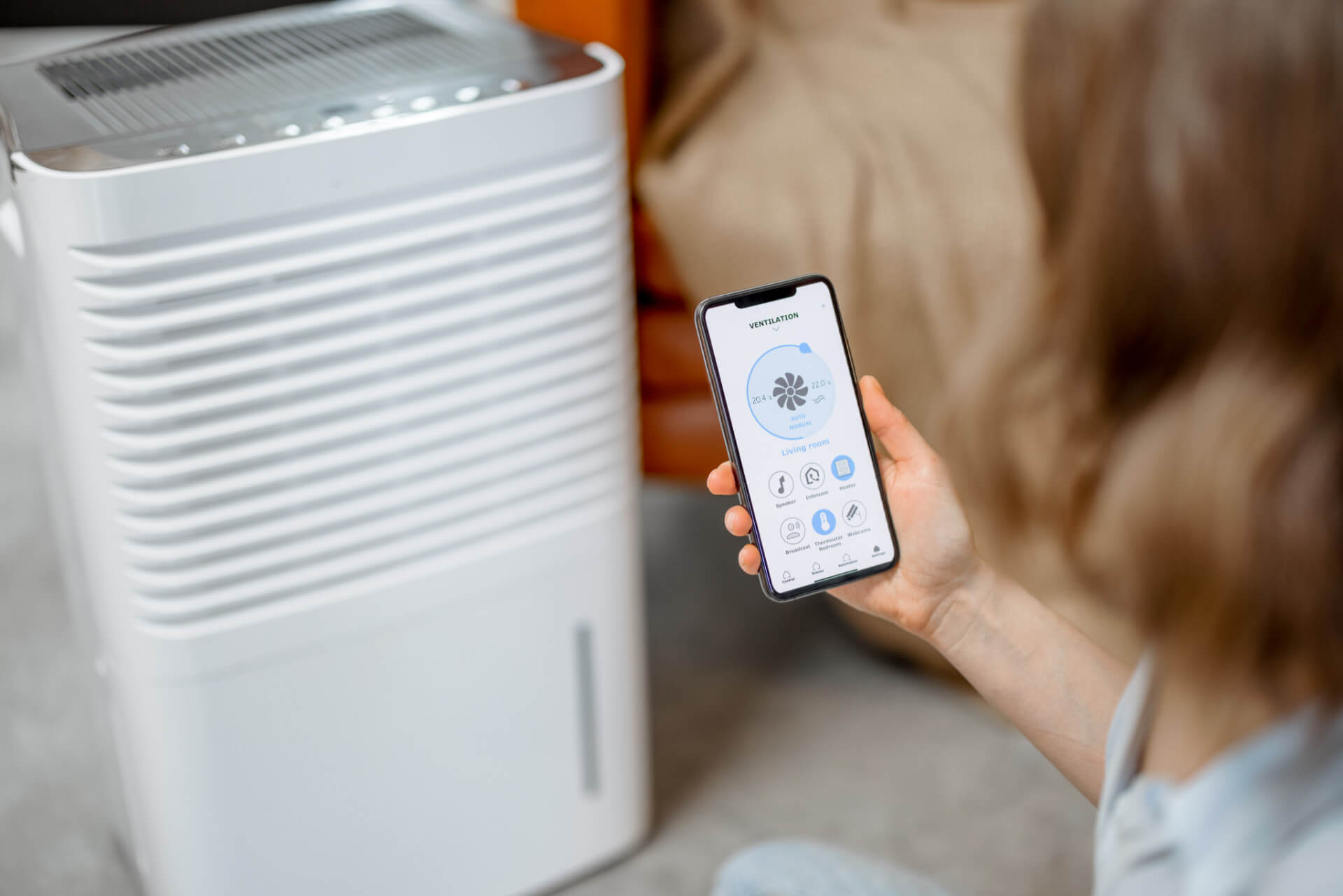
03. Humidity Control
Install humidification and dehumidification systems to maintain optimal indoor humidity levels year-round. Ideal indoor humidity levels typically range between 30% to 60%. High humidity can lead to discomfort, mold growth, and indoor air quality issues, while low humidity can cause dryness and irritation.
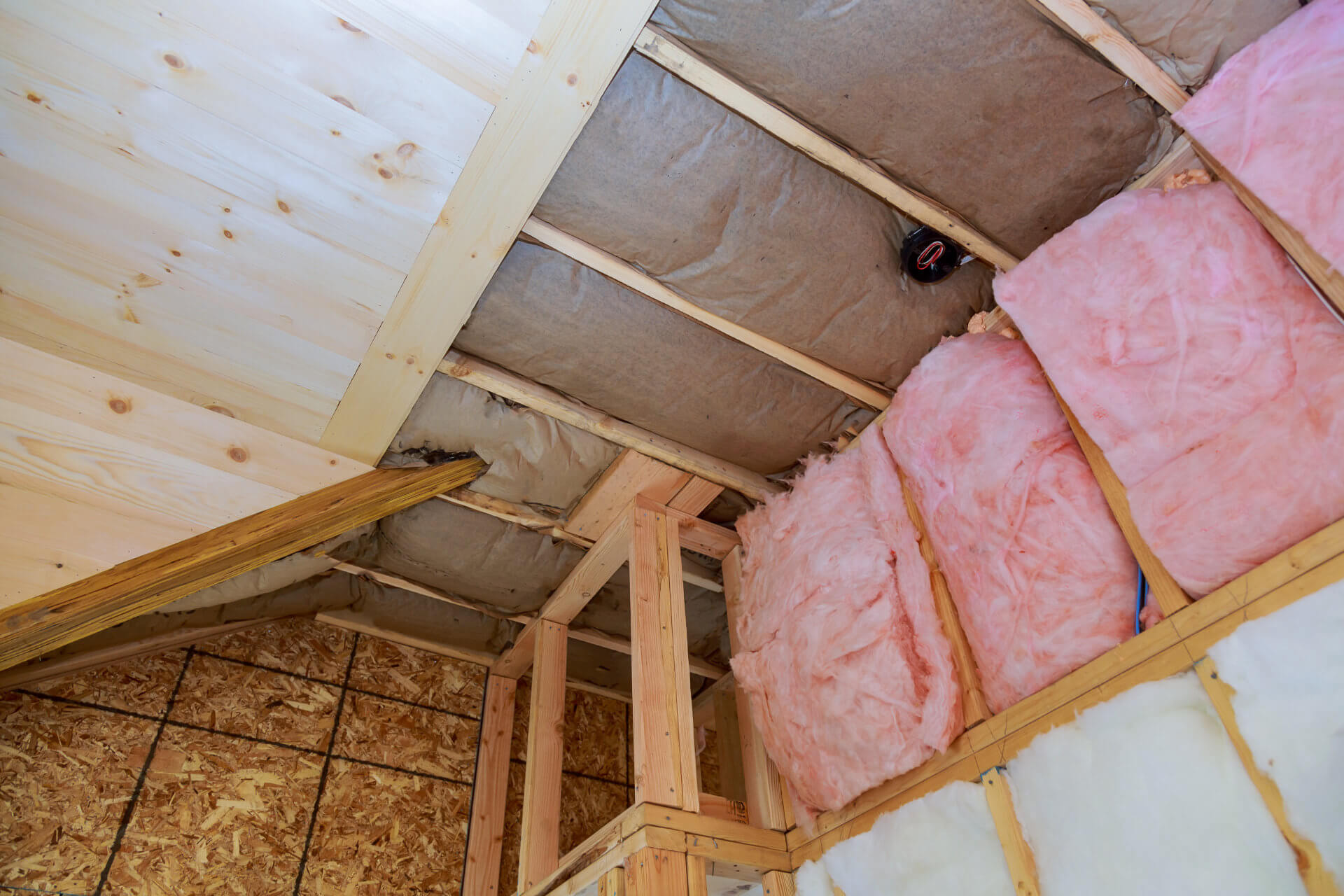
04. Insulation and Air Sealing
Proper insulation and air sealing help to prevent heat loss or gain through the building envelope, maintaining more consistent indoor temperatures and reducing the workload on HVAC systems. This contributes to improved comfort and energy efficiency.

05. Ventilation
Ensure adequate ventilation to provide fresh air circulation throughout the building while removing indoor air pollutants, odors, and excess moisture. Balanced ventilation systems, such as heat recovery ventilators (HRVs) or energy recovery ventilators (ERVs), can help to maintain indoor air quality while minimizing energy loss.
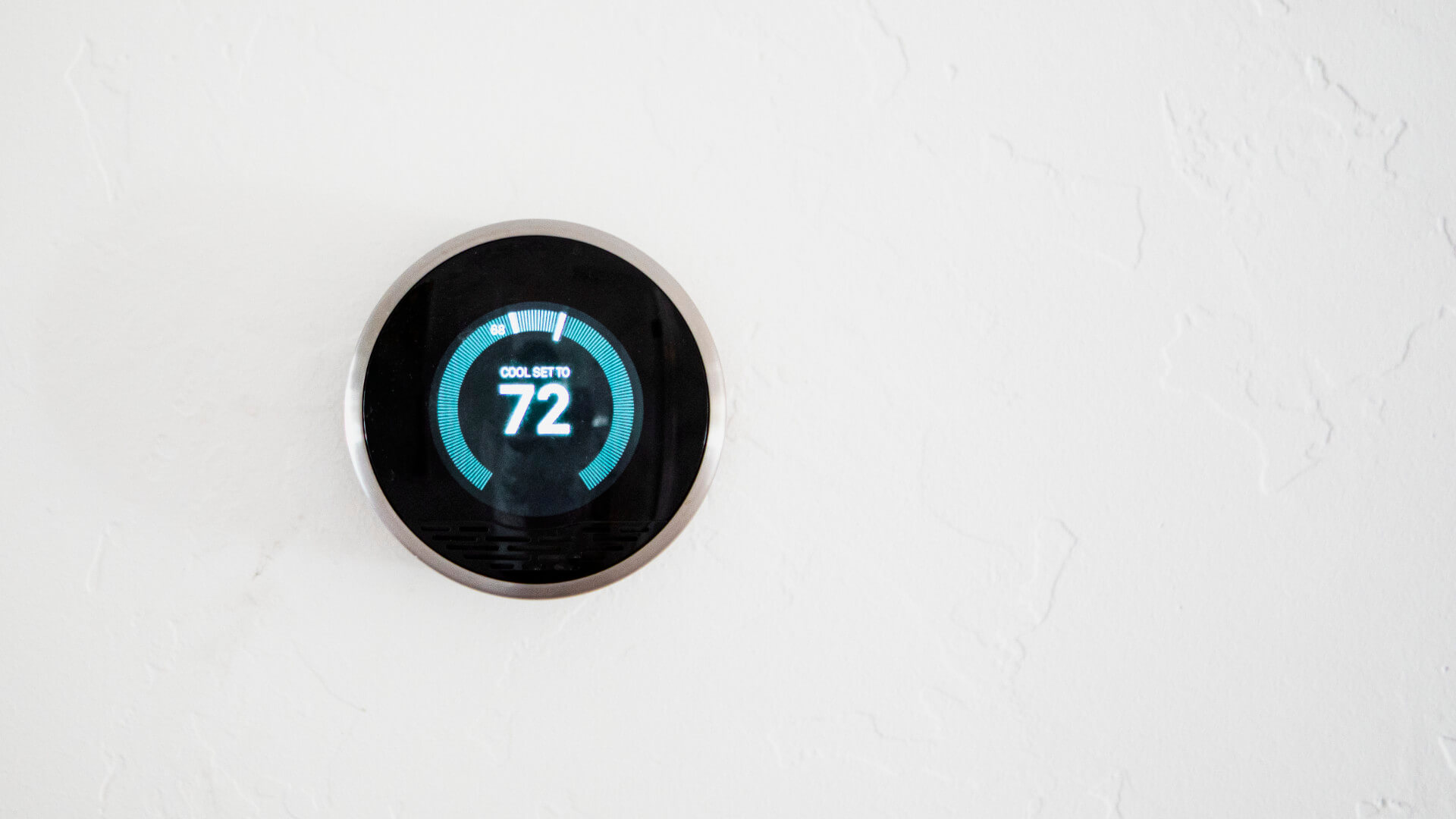
06. Thermostat Control
Install programmable or smart thermostats that allow for precise temperature control and scheduling based on occupancy patterns. This helps to optimize energy usage while ensuring comfort when occupants are present.
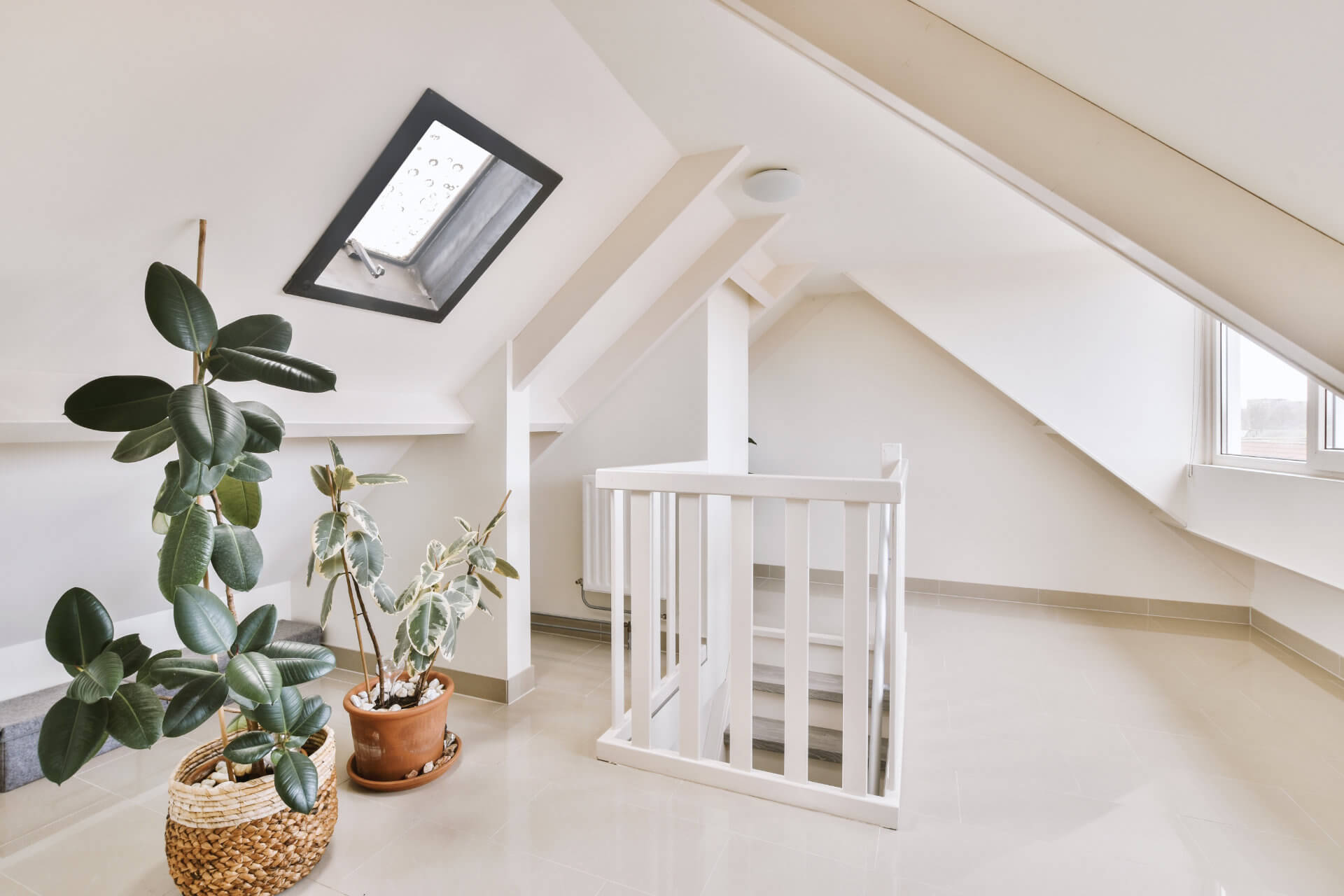
07. Natural Ventilation and Daylighting
Take advantage of natural ventilation and daylighting strategies to reduce reliance on mechanical heating and cooling systems. Properly positioned windows, skylights, and passive ventilation systems can enhance indoor comfort while minimizing energy consumption.
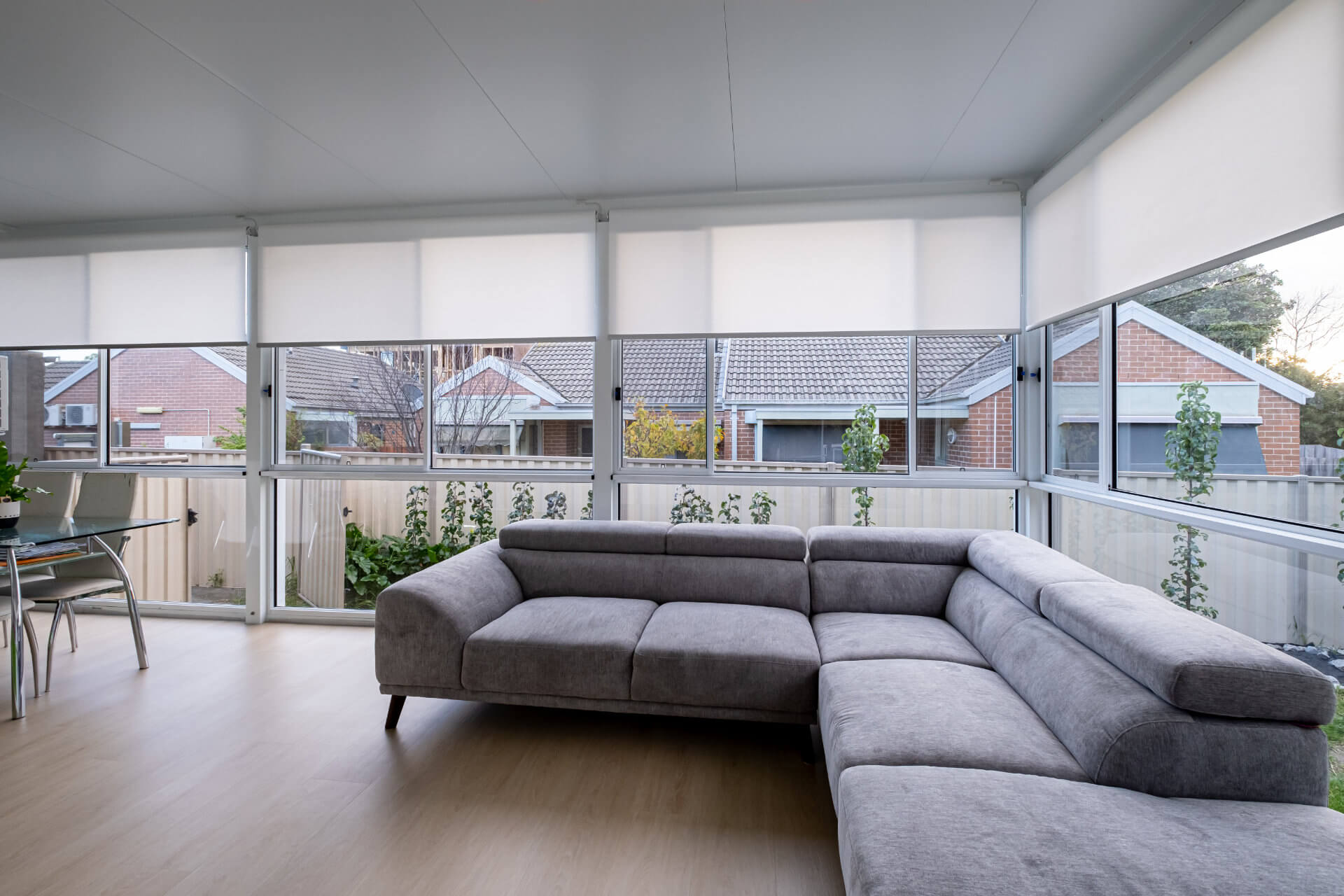
08. Shading and Solar Control
Use shading devices such as blinds, shades, or awnings to control solar heat gain and glare during hot weather. This helps to maintain comfortable indoor temperatures and reduce the need for excessive cooling.
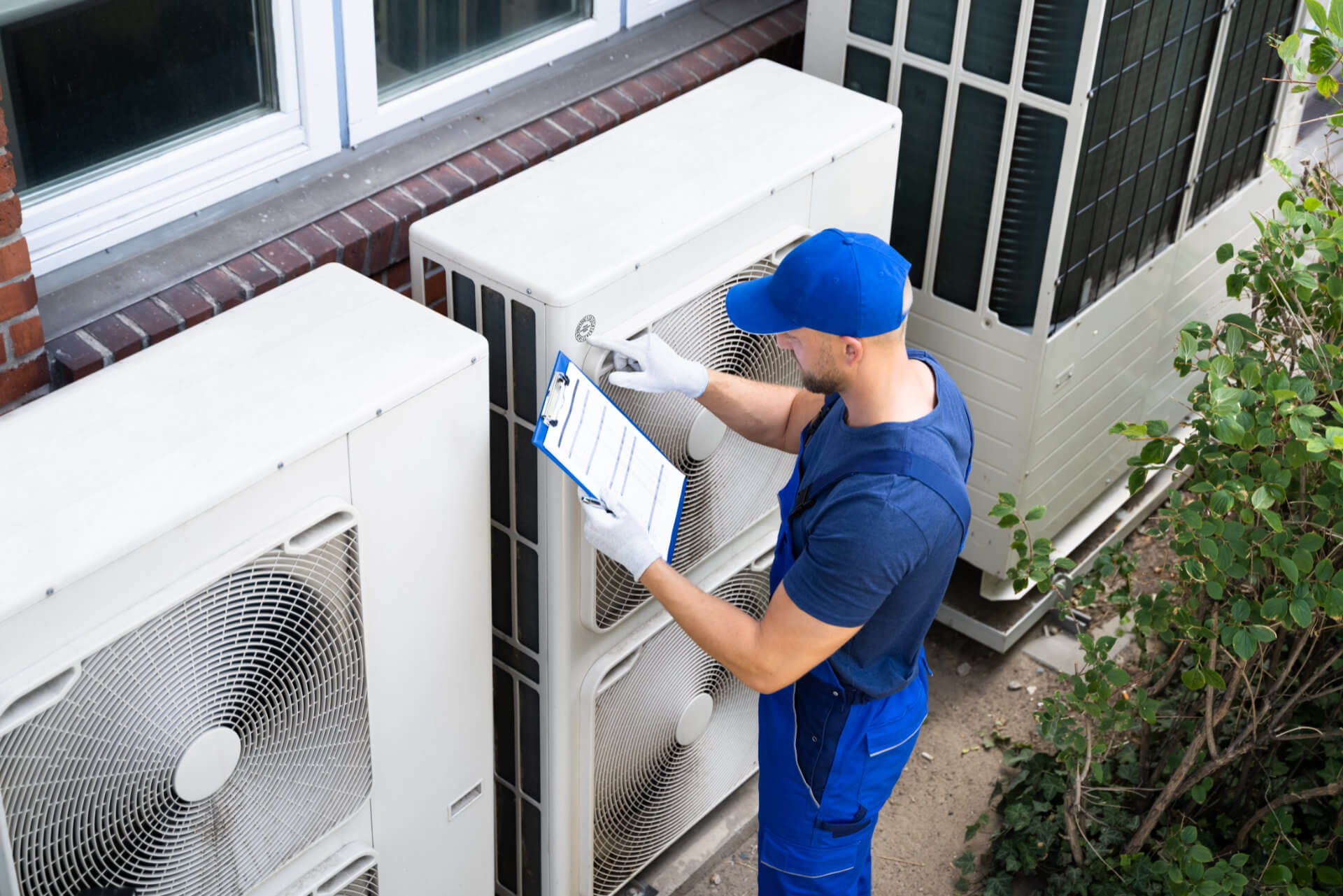
09. Regular Maintenance
Schedule routine maintenance for your HVAC system to ensure optimal performance and efficiency. This includes cleaning or replacing air filters, checking for leaks or ductwork issues, and inspecting system components for wear and tear.
By implementing these strategies, you can create indoor spaces that are comfortable, energy-efficient, and conducive to occupant well-being, with effective temperature and humidity control.
